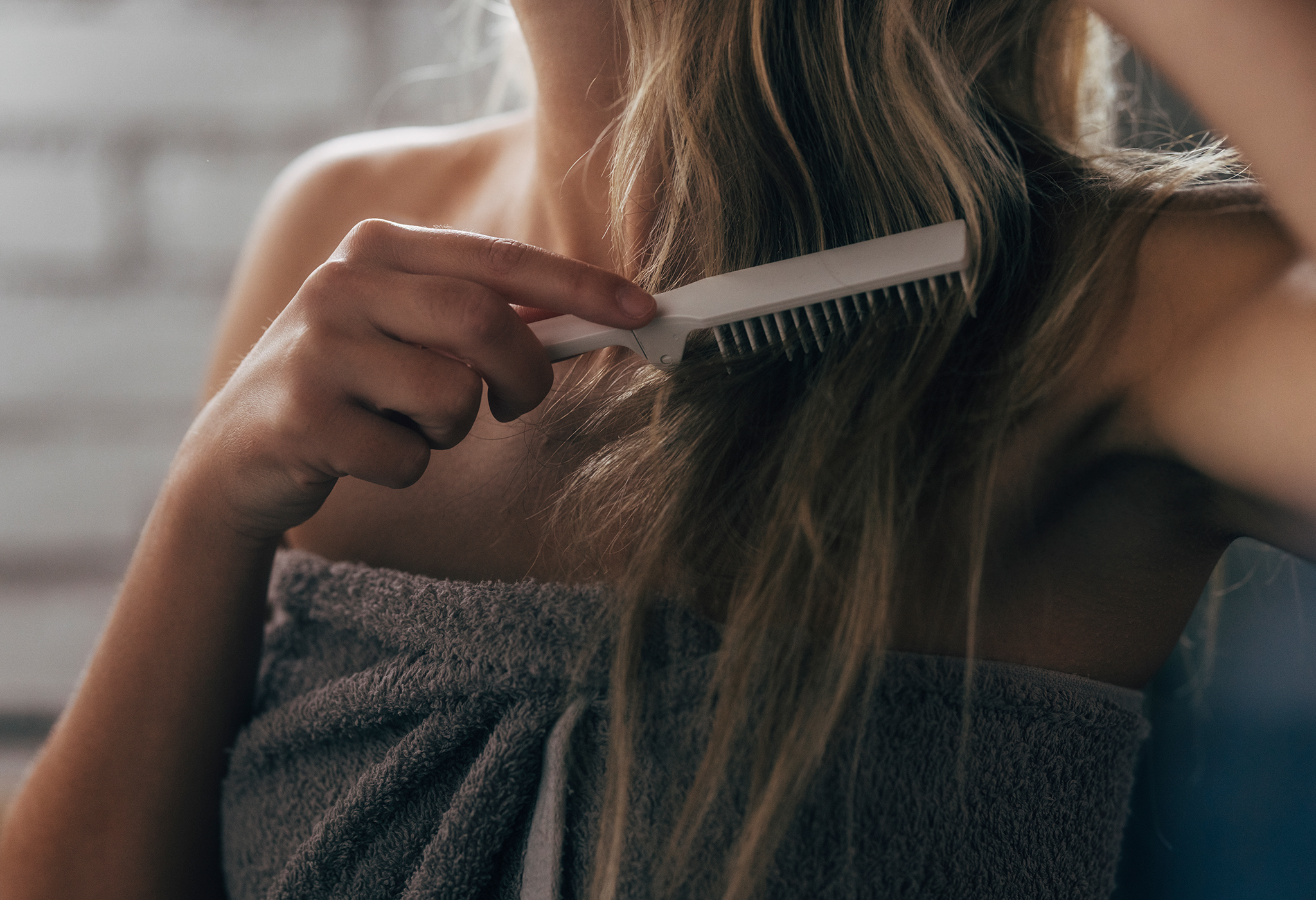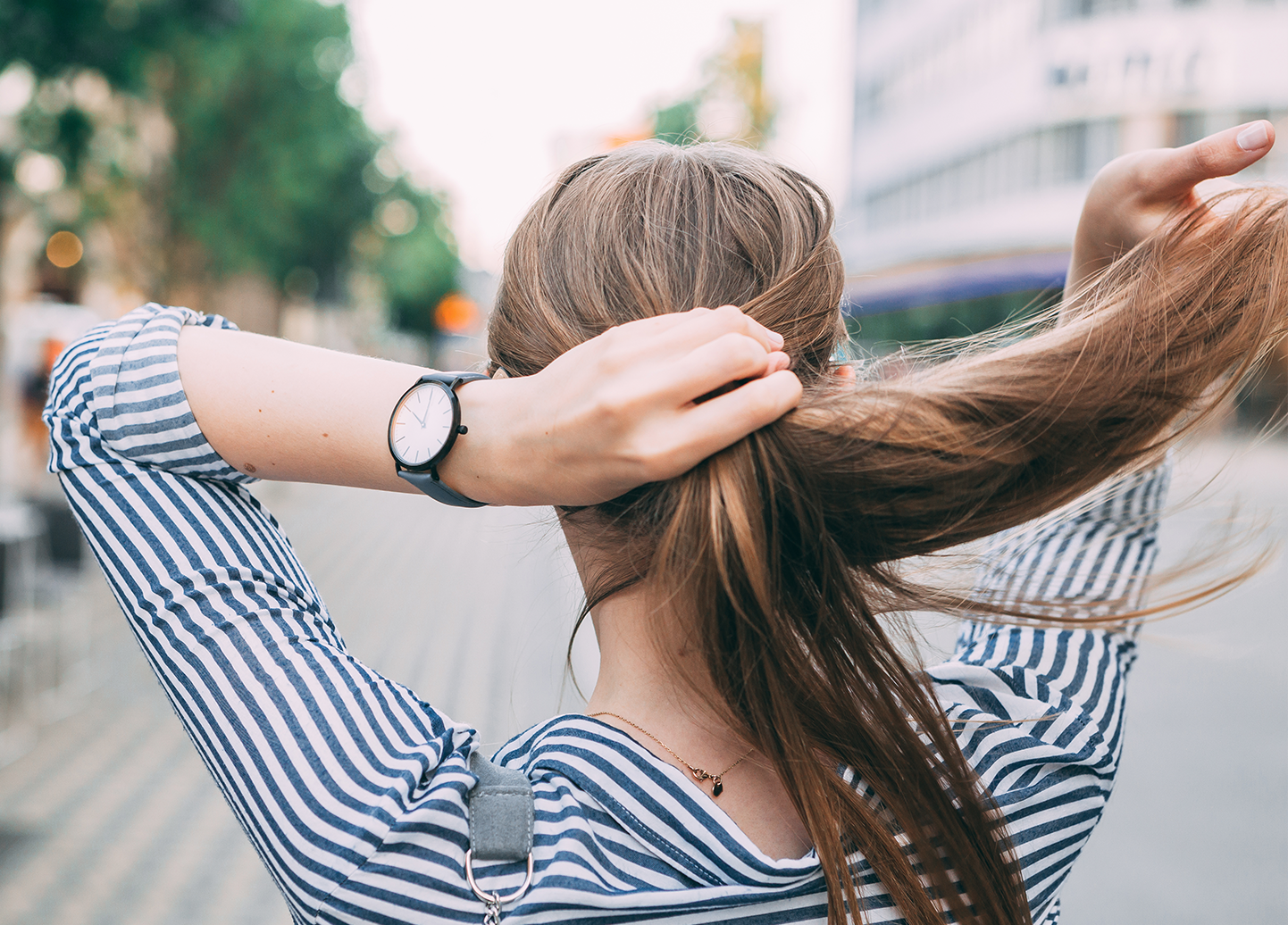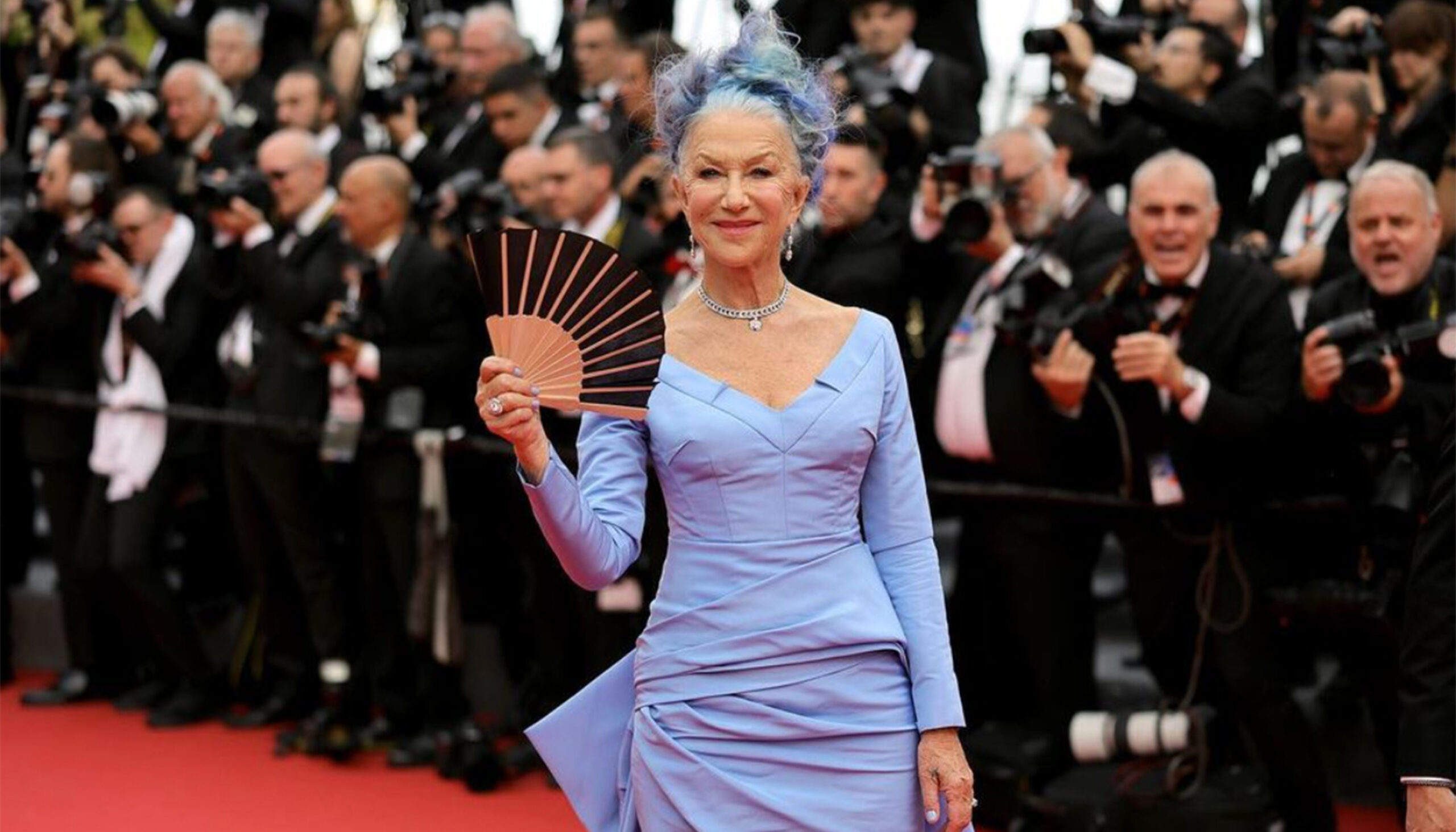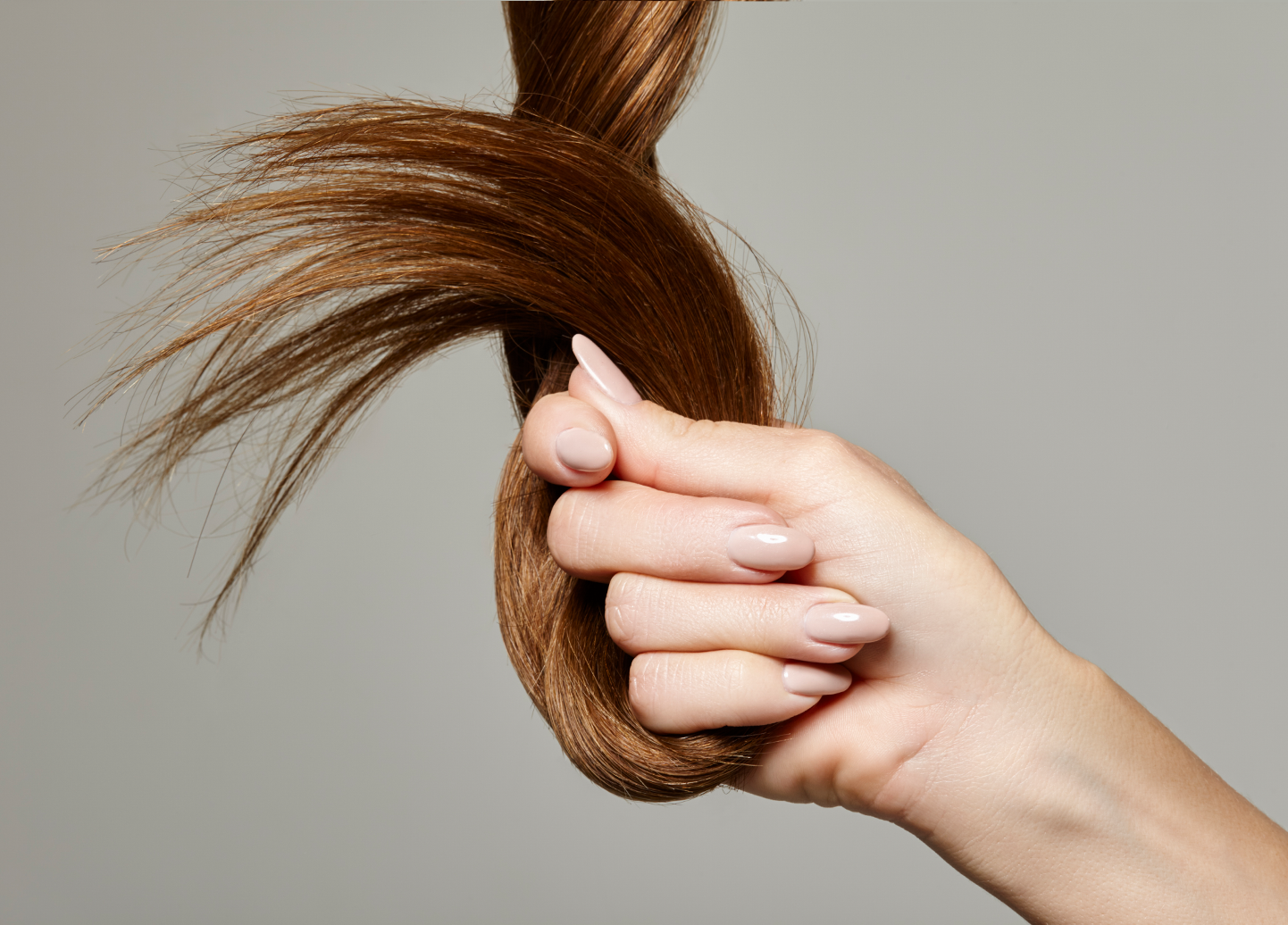A 2020 study published in Science Daily linked psychological stress to graying hair. (When testing on mice, researchers found a fight-or-flight response caused permanent damage to pigment-regenerating stem cells in hair follicles, resulting in grayed hair.) But a new study from researchers at Columbia University Vagelos College of Physicians and Surgeons discovered that while stress is linked to graying strands, hair color can actually be restored when stress is eliminated.
“Understanding the mechanisms that allow ‘old’ gray hairs to return to their ‘young’ pigmented states could yield new clues about the malleability of human aging in general and how it is influenced by stress,” says the study’s senior author Martin Picard, PhD, associate professor of behavioral medicine at Columbia University Vagelos College of Physicians and Surgeons. “Our data adds to a growing body of evidence demonstrating that human aging is not a linear, fixed biological process but may, at least in part, be halted or even temporarily reversed.”
Published June 22 in eLife, the study’s researchers analyzed individual hairs from 14 volunteers who were each instructed to keep a stress diary to “review their calendars and rate each week’s level of stress.” According to Dr. Picard, investigators immediately noticed that some gray hairs naturally regained their original color, which had never been quantitatively documented. “There was one individual who went on vacation, and five hairs on that person’s head reverted back to dark during the vacation, synchronized in time.”
Researchers also measured levels of thousands of proteins in the hairs and closely monitored how protein levels changed over the length of each hair. As it turns out, when hair color changed, there was also a change in 300 proteins. According to researchers, stress-induced changes in cells’ mitochondria may explain how hair turns gray—and reverse findings in the aforementioned study on mice, which cited a permanent loss of stem cells in hair follicles as the cause for graying hair.
“Our data show that graying is reversible in people, which implicates a different mechanism,” says co-author Ralf Paus, PhD, professor of dermatology at the University of Miami Miller School of Medicine. “Mice have very different hair follicle biology, and this may be an instance where findings in mice don’t translate well to people.”
However, restoring gray hair to baseline isn’t possible for everyone, nor is it feasible 100-percent of the time. “Based on our mathematical modeling, we think hair needs to reach a threshold before it turns gray,” says Dr. Picard. “In middle age, when the hair is near that threshold because of biological age and other factors, stress will push it over the threshold and it transitions to gray. But we don’t think that reducing stress in a 70-year-old who’s been gray for years will darken their hair or increasing stress in a 10-year-old will be enough to tip their hair over the gray threshold.”
The below video offers a glimpse into the researchers’ findings.

















